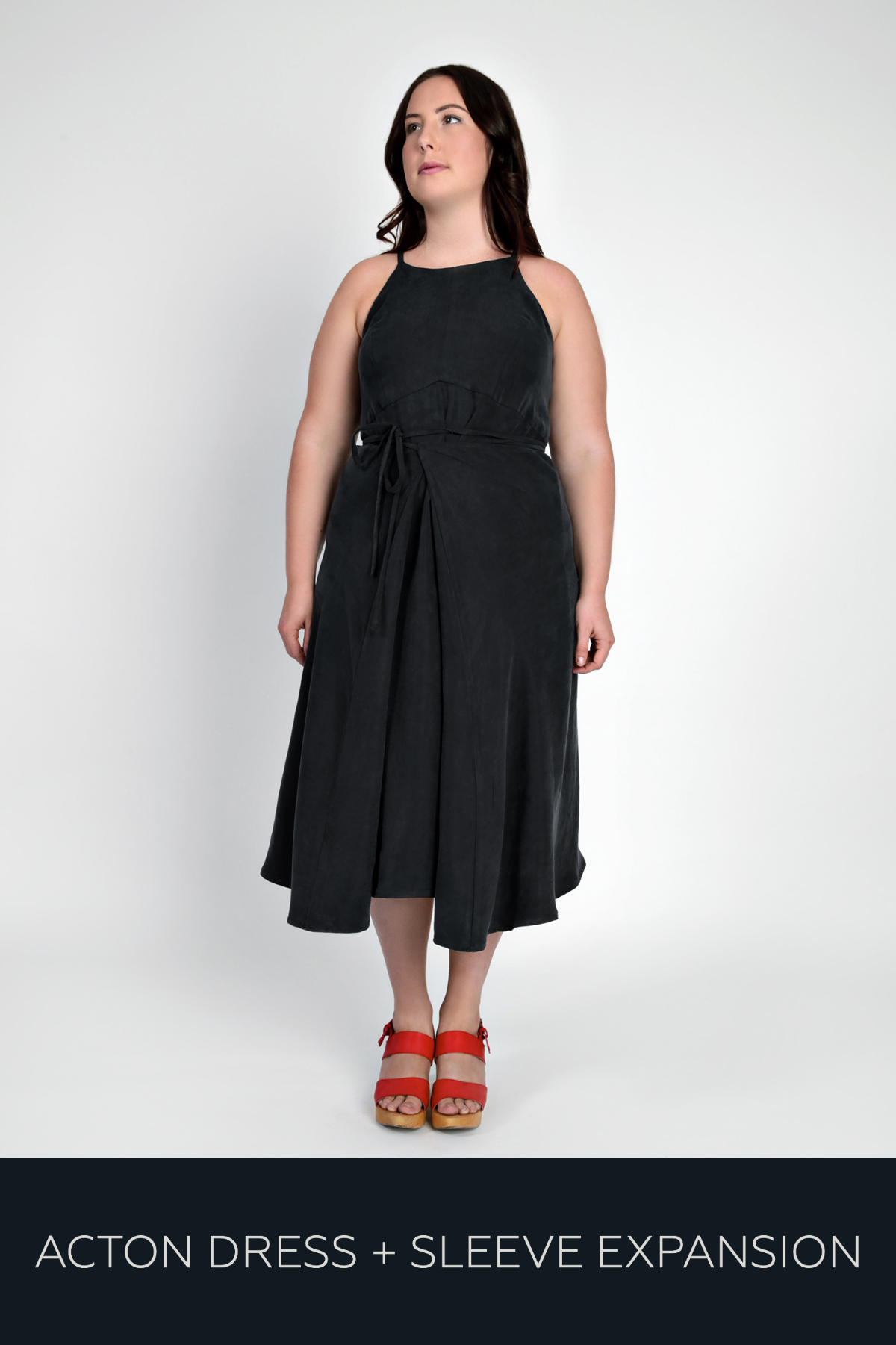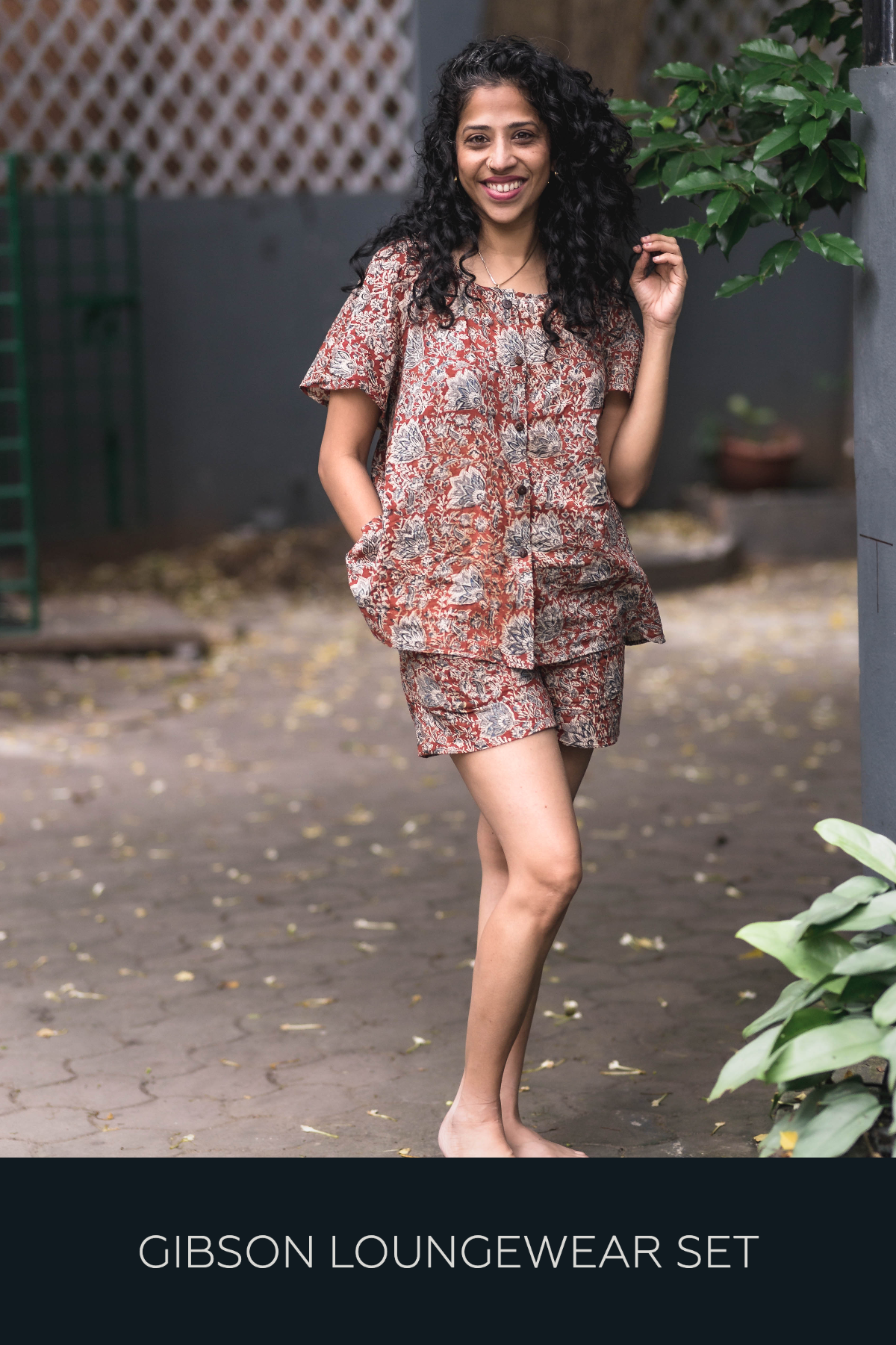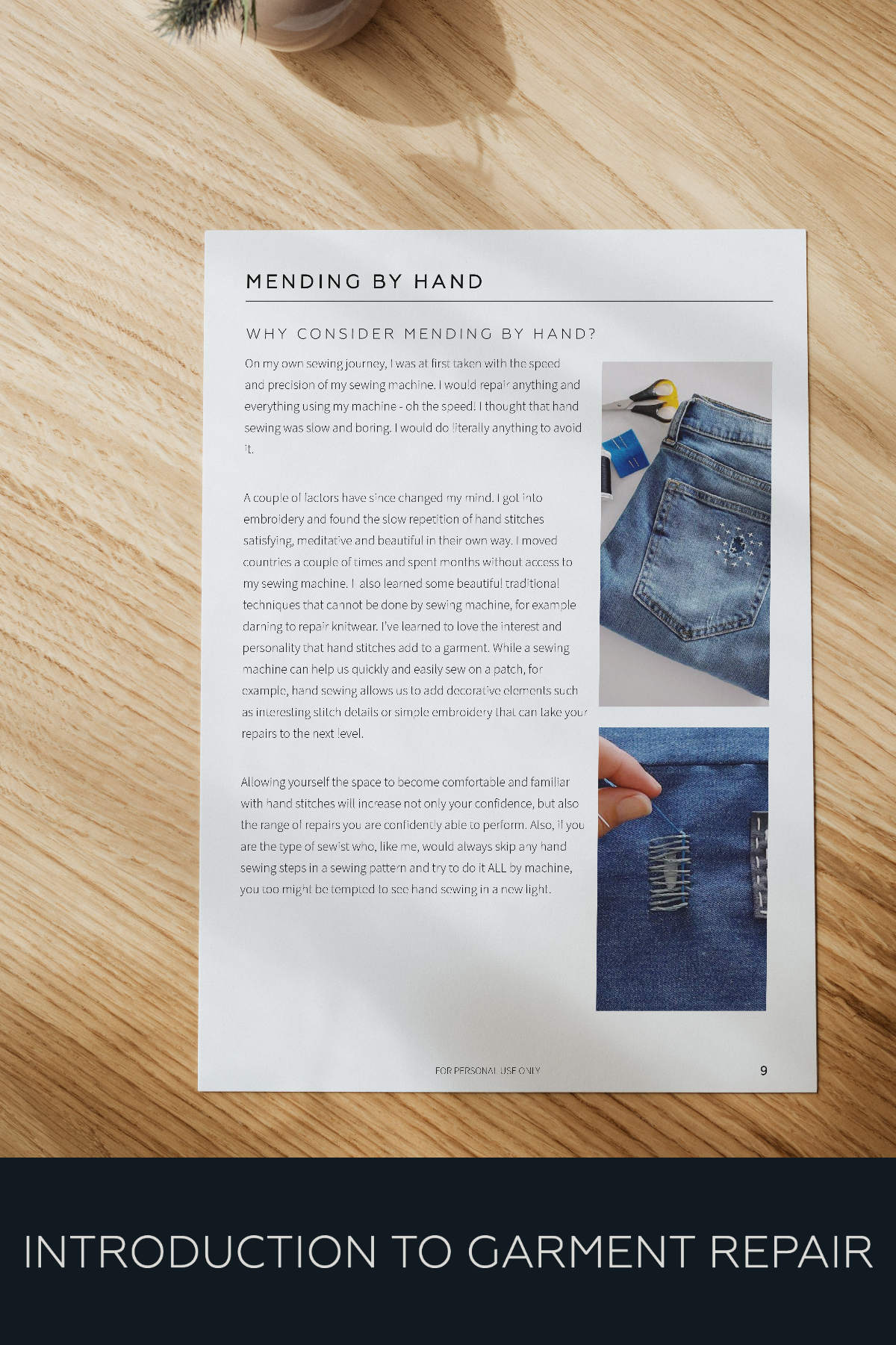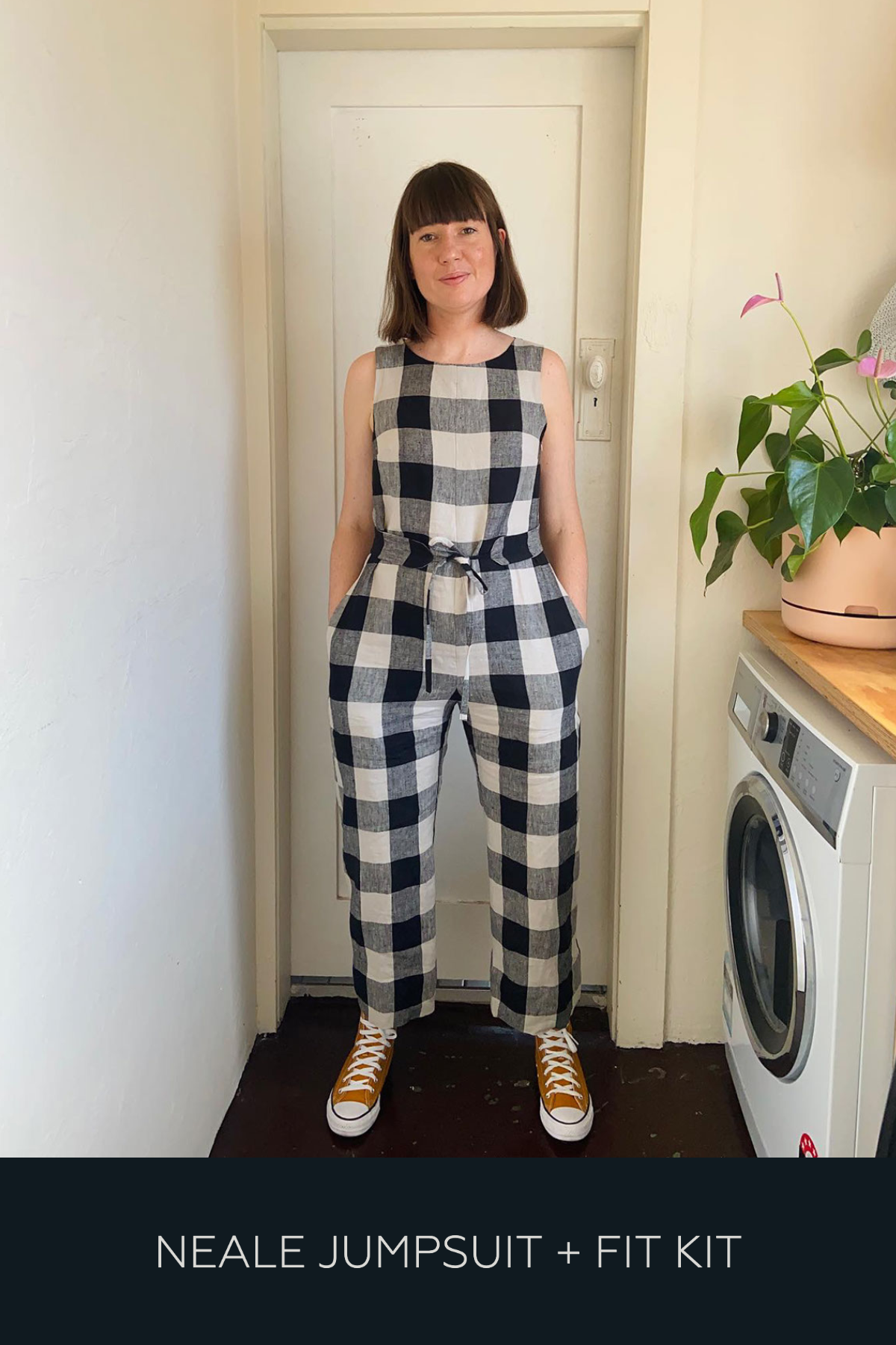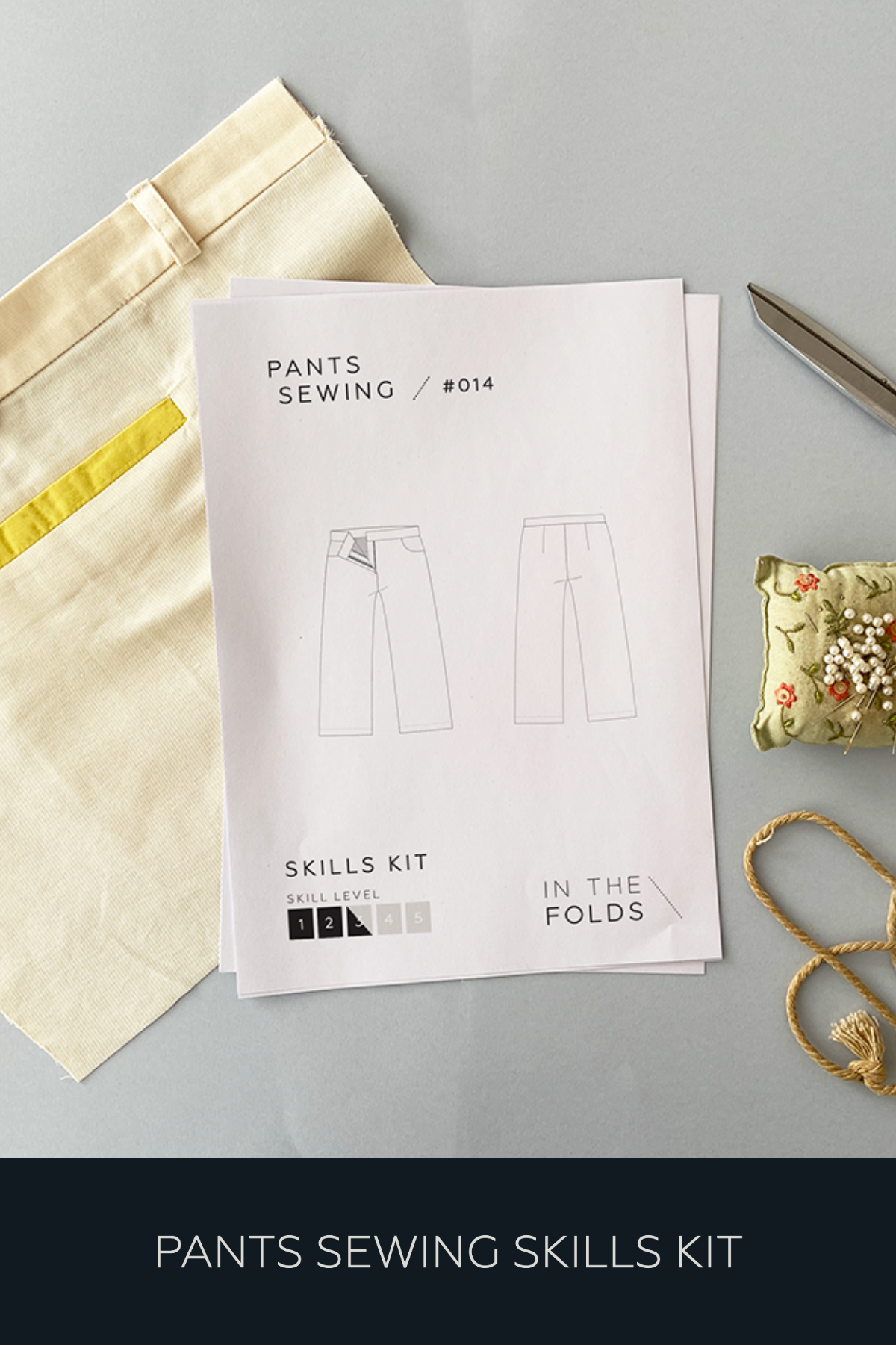If you’re planning to embark on the journey that is learning how to draft patterns, there are a number of tools you will absolutely need in your toolkit.
And, while we’re pretty big on making do with what you’ve already got, a good pattern drafting ruler (or two) is an investment we don’t think you’ll ever regret.
Like with all sewing tools these days though, there is a huge range of sewing rulers out there to choose from.
Is there one ruler to (ahem) rule them all? Or, are they all just a different take on the same story?
Since learning to sew can be an expensive endeavour, we thought it might be helpful if we put together a quick overview of what we think makers should consider when investing in a ruler for sewing and patternmaking.
But first things first.
WHY YOU SHOULD HAVE A GOOD SEWING RULER OR TWO IN YOUR TOOLKIT
If you’re setting up your sewing toolkit, or have been dancing around whether you should invest in a ‘proper’ sewing ruler, here’s your permission. (Or at the very least, three reasons why we think you should!)
A patternmaking or sewing ruler:
Will improve the overall finish of your garments by enabling you to draw smooth and accurate straight and curved lines, and remove the need for ‘eyeballing’.
Is much more versatile than a regular drawing ruler. Most patternmaking rulers come with a variety of elements included. For example, different shaped curves, a set square and various different measurements and markings for adding seam allowances of different widths (to name a few).
Is absolutely needed when drafting patterns from scratch, making fit alterations or hacking patterns. (There you go, you only need one reason!)
build your sewing skills with a
curated by itf membership
WHICH SEWING RULER SHOULD YOU BUY?
As we said above, there’s always lots of options to choose from, so here’s where we give you our opinions, tell you what you should consider and share what we use.
Grading ruler
A grading ruler looks just like a regular drawing ruler (a long rectangle), but is a lot longer, allowing sewists to draw nice long lines in one go.
Normally around 50-60cm in length, grading rulers are transparent (making them great for adding seam allowance) and flexible (perfect for measuring and marking curves when turned on the side).
Some grading rulers have both centimetres and inches marked, and some have commonly used seam allowances (eg. 1.2cm) marked for easy reference.
Pros:
Can be used to draw straight lines and curves
Lightweight and flexible
Great for adding seam allowances
Can be handy to have when doing things such as folding and pressing a hem accurately.
Can be used for squaring off
Accessible and affordable - with a quick Google you shouldn’t have any trouble finding one within your budget.
Cons:
Doesn’t have any curves, but you CAN use a straight ruler to draw curves! It takes some practice and might not be for everyone. Check out this tutorial if you’d like to know more about this technique. And FYI - these kinds of tutorials are exactly what we share in Curated by ITF community!
Lots of lines and grids can take some time to get used to
Bear in mind that some come with metric measurements, while others use imperial. Not necessarily both.
(As a technically trained pattern designer who uses rulers all the time in her daily process, a grading ruler is Emily’s pick!)
French curve
A French curve is a handy tool for drawing necklines, armholes, side seams, hem lines, waist lines and sleeve caps. Any curve a pattern has, for that matter! It’s just a matter of practice.
If you find it tricky to draw smooth curves, this might just be the tool you need in your patternmaking toolbox.
Pros:
Very versatile - can be used for drawing straight lines and all kinds of curves.
Light and flexible
Handy for adding seam allowances to curved seams.
Cons:
Can be tricky to get the hang of as it requires practise to master the various curves. (But we don’t think that’s really a reason to not get one!)
Patternmaster
If you only have the space or budget for one pattern making ruler, a Patternmaster is a great choice because it covers so many bases.
Pros:
Versatile - can be used for all kinds of straight and curved lines.
Includes a set square which is very handy when drafting your own patterns or checking your patterns.
Has a 45 degree marking on it which is handy when making your own bias binding.
Cons:
On the heavier side, particularly when compared with a French curve. This may not be a problem for home sewists however, but is definitely something to consider if you’re planning on doing a lot of pattern drafting.
Quite thick (which is why it’s weighty). You may see this as a pro as it’s definitely a sturdy tool.
Hip curve
As the name suggests, these rulers are used to draw the hip curve when drafting fitted pants and skirts. They are a softer curve than the French curve and can also be used for hem lines and other areas on your pattern that you might need a softer curve.
Pros:
Lovely gentle curve that can create an accurate hip curve and side seam curve without second guessing yourself
Will fill a gap between straight ruler and French curve - just what you need for those gradual curves
Cons:
Limited by what you can do with it.
This ruler is likely not a necessity in your kit, as with a little practice most French curves and Patternmasters can be used as a hip curve. (The practice is needed to understand how to pivot the ruler to achieve the correct curve.)
General things to consider when adding to your ruler stash
Is it transparent?
How heavy is it? How will this impact its use?
Does the ruler have the correct measurements for what you need (i.e. centimetres vs inches or do you want both?)
Where will you store it? (i.e. does it have a hole or opening so you can hang it on a hook?) Can you accommodate more than one ruler or is an all-in-one ruler more practical?
Is it more cost effective to get one Patternmaster rather than multiple single purpose rulers?
Do some rulers just feel more intuitive to use?
Aesthetics - Rulers come in all different colours and styles, and some colours are more optically pleasing than others. Consider whether you actually enjoy engaging with the object. Is it worth investing a little more for something that will bring you more joy to work with?
Random ruler tips
Masking tape can be applied to a ruler at a particular measurement to help you know what to line up with at a a glance.
Don’t leave them on the dash of your car. They may melt (Emily learned this the hard way!)
Happy patternmaking and sewing!
Emily
WHAT YOU’VE BEEN MAKING…
Flynn jacket by Lise, Curated by ITF member
Hacked Cartwright dress by Sue, Curated by ITF member



